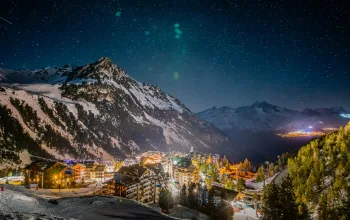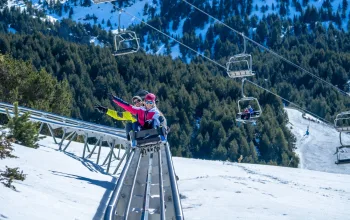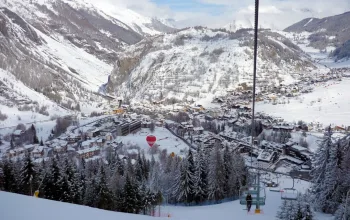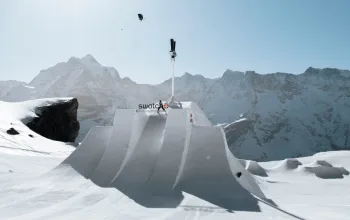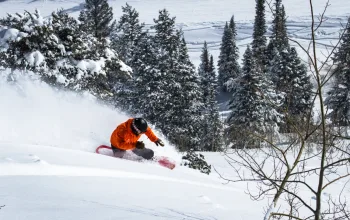It began with a four-person gondola, a double chairlift, two T-bars, and a day lodge, and a dream of hosting the Winter Olympics.
Today the flagship British Columbia resort boasts one mile of vertical; more than 8,000 acres of incredibly varied terrain and snowfalls measured in metres not centimetres.
Heli-skiing pioneer Jim McConkey was one of the first to sense the potential in Whistler, introducing heli-skiing on the mountain as early as 1968. But it was the Sixties counter-culture, the hippies, squatters and ski bums who gave Whistler its free spirit. From 1969 they came – to ski hard, party harder and live on the cheap. One of them was Nancy Wilhelm-Morden. Nancy arrived in 1975 as a squatter, and now she is the Mayor of Whistler.
She recalls: “Back in the day, 10% of the resident population were squatters. For the three years I was one of them, it was an amazing experience – cold running water, cooking on a woodstove, no hydro. We had a cosy place and I have very good memories of living there. It also allowed us to save enough money to buy the land we ended up building our family home on. I’ve grown up along with our town – and it’s given me a unique perspective.”
Whistler’s ‘other half’, Blackcomb Mountain, opened in December 1980, and for nearly 20 years the two were great rivals. But In 1997, they merged and Whistler’s iconic status was sealed when it hosted the skiing events for the Vancouver Olympics in 2010.
The festivities are being marked by the release of 50 Years of Going Beyond, a film celebrating the ‘pioneers, renegades and innovators’ who have made Whistler so special.
It’s been said that anyone who ever clicks into a pair of skis or tightens the bindings for a snowboard will want to make the pilgrimage there one day. So, as legendary ski filmmaker Warren Miller put it: “If you don’t come this year, you’ll simply be a year older when you do make it.”
To learn more about Whistler Blackcomb’s 50th anniversary, visit whistlerblackcomb.com/50




